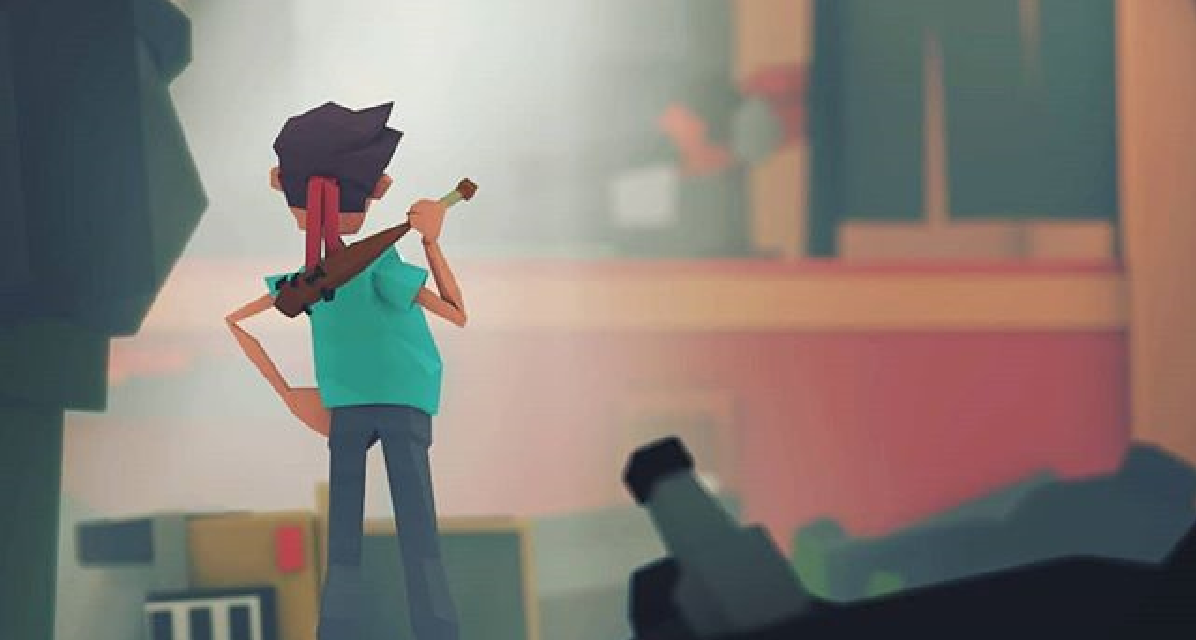
In 1958, the invention of a simple computer program, Tennis for Two, ushered in a new form of entertainment built around interactivity. From the gaming arcades of the 1980’s to virtual-reality today, improvements in computing power, and wider availability have made computer games a global industry. Initially the realm of hobbyists and enthusiasts, today gaming is an activity enjoyed by many different people, and although the common conception of a gamer is a teenage boy, gaming nowadays popular among adults, in recent years especially among women. This is partly due to the proliferation of smartphones and the growth of mobile gaming, which accounted for 51% of the industry revenue in 2018. Although the industry is centred around tech hubs in developed countries like the US, Canada, Japan, and the UK, it is not limited to these places, as local companies in other countries are able to develop games of a similar standard, both for their local audience and the international market. Motion Miracles, a game development company based in Colombo, is one such company, that is developing Sri Lanka’s first mobile game to be released internationally.
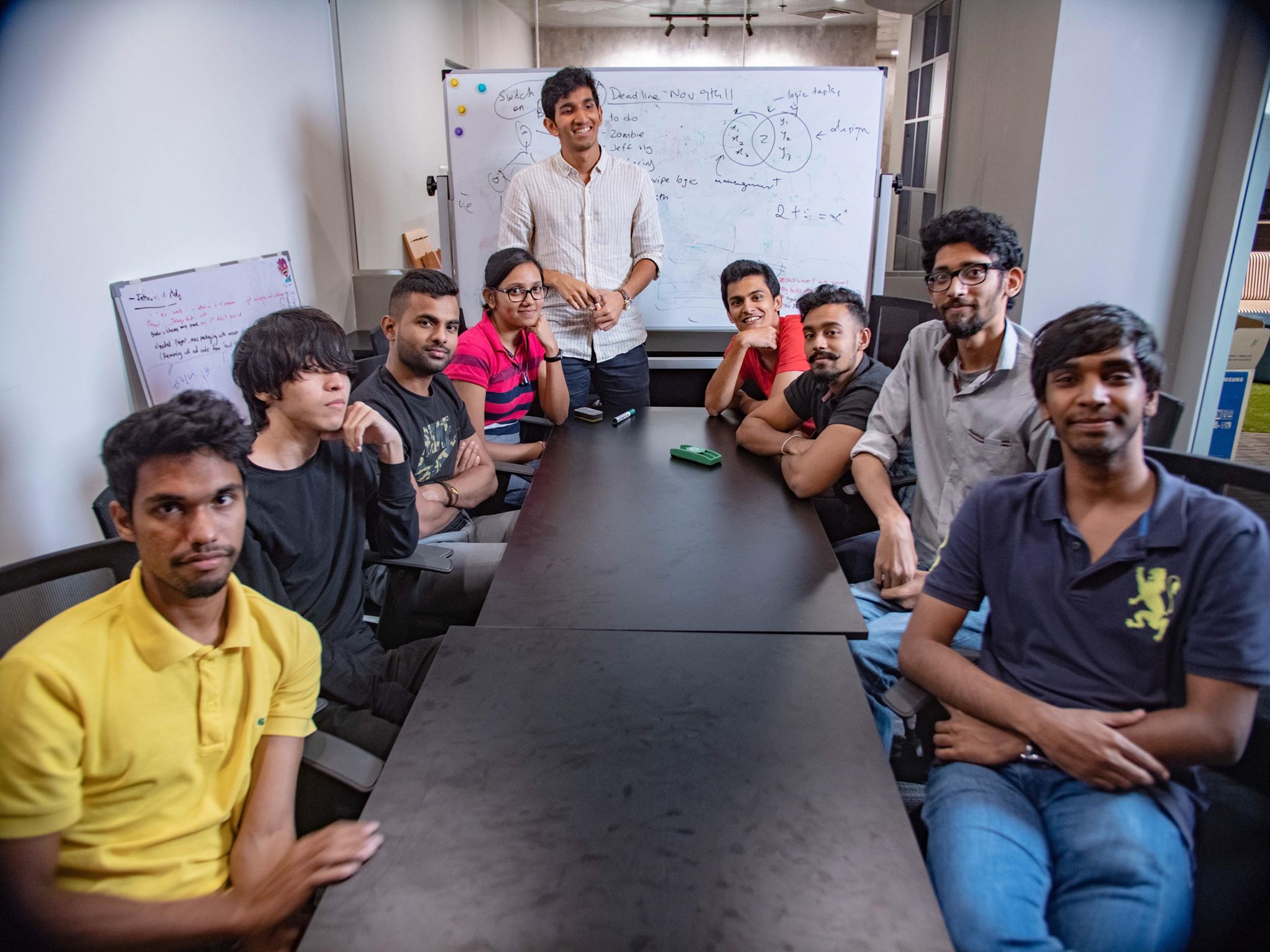
“You can make a game anywhere, and sell it everywhere,” said Shanil Wijesinghe, the creative-director of Motion Miracles, summing up the blessing and curse of the international video game market. Wijesinghe describes the tech world, and the games industry within it, as “flat,” meaning that tech developments across the world compete on the same playing field. Companies of all sizes and from far corners of the world have access to the same international market, providing much potential for growth. However, this also raises the bar, and companies have to be competitive to match the global standard and remain relevant.
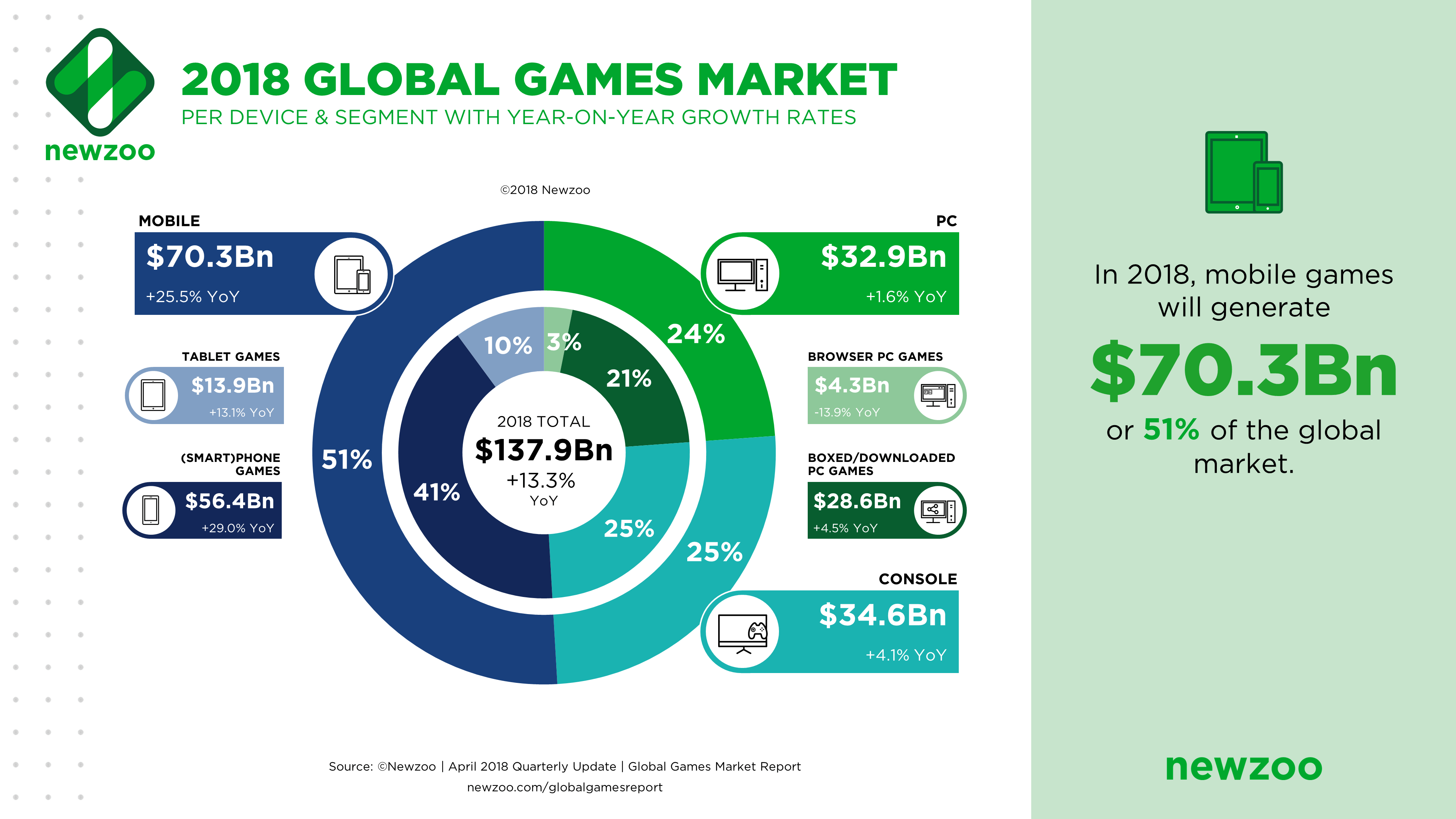
The first games ran on low capacity home computers and could be made by a single programmer in less than two months. Now, because of the sophistication of computing systems, the diversity of the marketplace, and the complexity of modern games , developers require larger teams and adopt a more traditional company structure. In 2017, the industry earned 108 billion USD in revenue, more than twice that of the 41 billion USD film industry. Competitive video games, known as e-sports, have also become an industry in their own right. Professional players compete for large prizes at highly publicized events. The US even offers sports visas for professional gamers travelling there for competitions.
Founded by brothers Anish and Shanil Wijesinghe in 2016, Motion Miracles explores the potential for game development in Sri Lanka. Both were avid gamers as children – in school, Anish started making models for custom 3D models for the popular game Minecraft and selling them online. “Our parents were supportive,” Wijesinghe said, “and as hobby became more sophisticated, and more like work, he eventually decided to use his college fund to start the company.”
Creative Process
“A game development studio is an interesting mix of a tech company and a creative company,” —The process begins with the concept, formulating the desired gameplay, setting and story, target audience, requirements and schedule, and staff and budget estimates. Motion Miracle’s first game currently in development, ‘Zombie Rage,’ is a mobile game in which the player controls a character, “Nemo,” who is the only human in a post-apocalyptic future. The gameplay involves constant running, avoiding obstacles, collecting bonuses, and surviving waves of enemies.
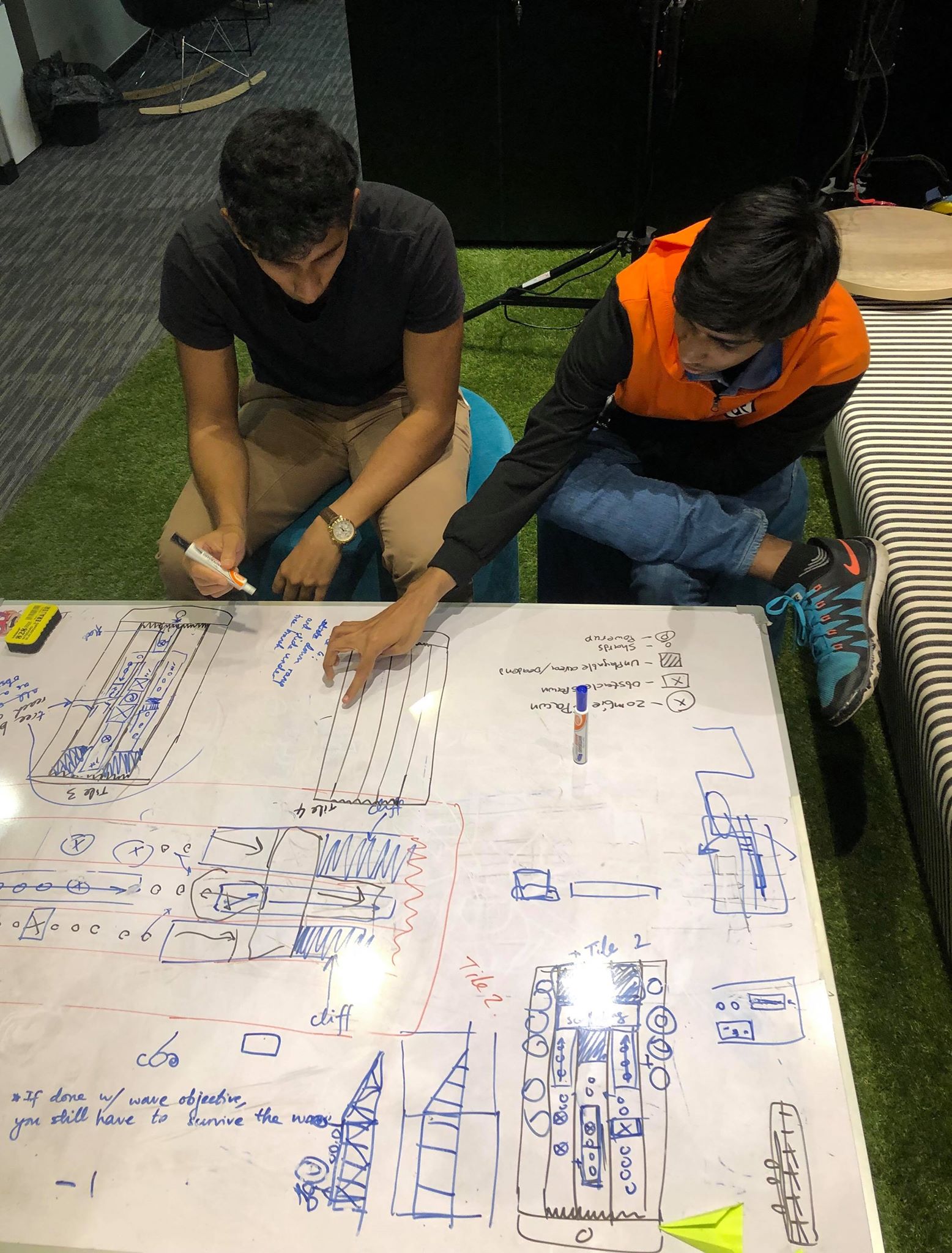
Once the game concept is formulated, the development team creates a “game architecture”, – the skeleton of the programme. “Each element of the game is mapped out in relation to all the other elements,” explained Mudith Mannapperuma, the lead programmer at Motion Miracles, “the running animation will require programming the movements of the character’s legs, which are also connected to the jump animation, which itself involves the movement of the arms, which need to be animated for the character’s attack animation, which will then have to make a sound, and so on.” This detailed map guides the workflow of the team as they piece the game together.

Once this structure is formulated, a designer will do concept artwork for the various elements in the game, characters, environment and objects. At this stage, the art style of the game is decided on. Wijesinghe mentioned that, “in the early stages of development, we envisioned a dark, mysterious atmosphere for the zombie apocalypse setting. But slowly we transitioned into a more cartoony art style, making it light and whimsical. In the gaming world today, this is becoming trendy, and especially as a mobile game, which targets casual gamers, we agreed that this style would work better.”

Guided by the concept art, the various elements of the game are then recreated as 3D models which can be manipulated to interact with each other. Based on the gameplay, events and story of the game, these models are animated to perform various actions – in this example, the main character runs, the enemies attack, and trees sway, and so on. These various elements of the game, known as assets are then combined and programmed to make them interact together in the game world, along with sound effects and music. Each of these is then tested for bugs and glitches – unpredicted events that break the flow of gameplay. “We want it to fail, at this stage, so we can locate the problems early,” said Mannapperuma.
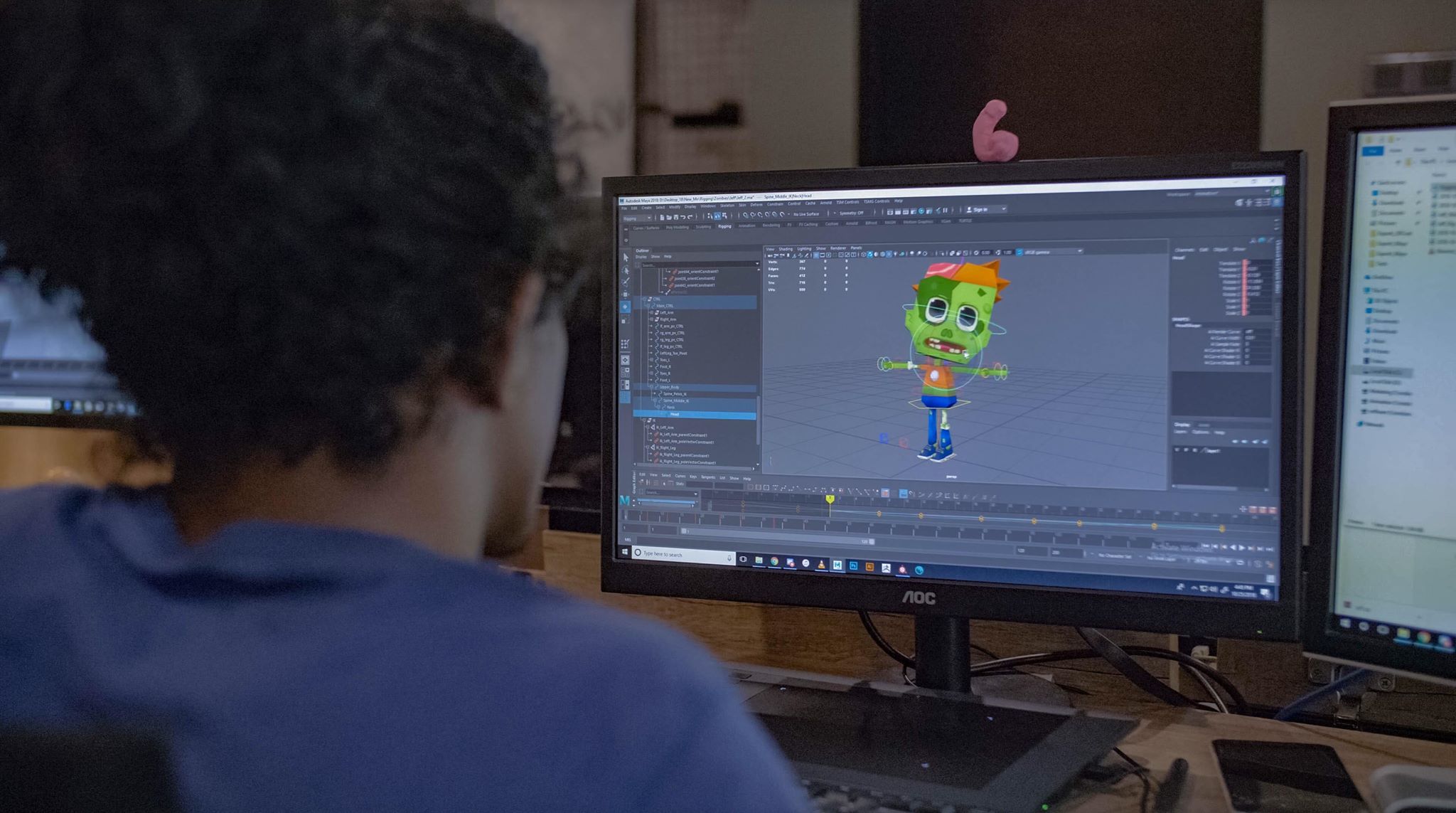
“Games are increasingly seen as an art form, but unlike in movies or books, as a player, you can shape how the art unfolds,” Wijesinghe said. The independent (indie) game industry has boomed in recent years. Instead of large game studios with multi-million dollar budgets, smaller groups and companies are able to market low-budget games to the international audience. For Wijesinghe, this has allowed creativity to flourish in the industry, which was becoming homogenized as the big companies stuck to proven formulas. “You see many interesting new games now, with new and unconventional mechanics,” he said.
Local Industry
A part of the problem with the industry in Sri Lanka is that developers aim to make AAA games on par with large international studios. The problem with this is twofold – not only are they difficult to make but they also don’t guarantee success, especially with such strong competition out there.“AAA games like these require hundreds, maybe thousands of programmers and designers, to create very detailed and lifelike worlds. While games like these can be very absorbing, they aren’t the only games you can make,” Wijesinghe explained, “Very fun and captivating games can be made with small teams and unsophisticated techniques, and sometimes the lack of resources leads to creative solutions.” “Personally, I enjoy character-driven games, which are focused on the narrative. In titles like Dragon Age, or Child of Light, the interactivity of the game comes through in the choices you make as the protagonist at different points in the story, and different choices lead to different outcomes – it’s like stepping into a novel,” he said.
Once the game is completed in early 2019, Motion Miracles plans to sell it on the app store of iPhones and on Google Play for Android. Although it will be made available internationally, the Sri Lankan market is important as well. ”We can use Sri Lanka as a launch pad, news gets around fast. To market a game in the mature market, like the US or Japan, you really have to shout,” Wijesinghe said. Marketing and community engagement is carried out through the development process as well. Using a platform called Discord, the company is able to organise discussions with their fans, who give their input and opinions on the direction of the game. This small but dedicated fanbase becomes very useful soon after the release of the game. The first form of the game often contains many bugs, and these players are able to locate problems at this stage, and communicate them quickly to the team.
In the future, Motion Miracles plans to make games that explore new gaming tropes, but for now, they have decided to start with a game that will ensure financial security and lay a foundation for other games. “The advantage of Sri Lanka is that the community is very connected – we are able to communicate and develop with the input of our fan base,” said Wijesinghe. But there are also setbacks that come with Sri Lankan setting, for instance, there are not many benefits or incentives for tech companies, and in some cases the bureaucracy is rather cumbersome: “we bought some new machines for the game servers when it goes online, but they have been tied up in customs for months,” Wijesinghe said. They have also faced some difficulty finding full-time employees, but not due to a lack of talent. “There are a lot of skilled programmers, as well as a lot of skilled artists and designers in Sri Lanka, they just work in different industries.” he said, “So the pieces are all here to build a game company, but the problem is, most people don’t see it as a proper career.” However, he hopes that as the industry grows, this attitude will change.
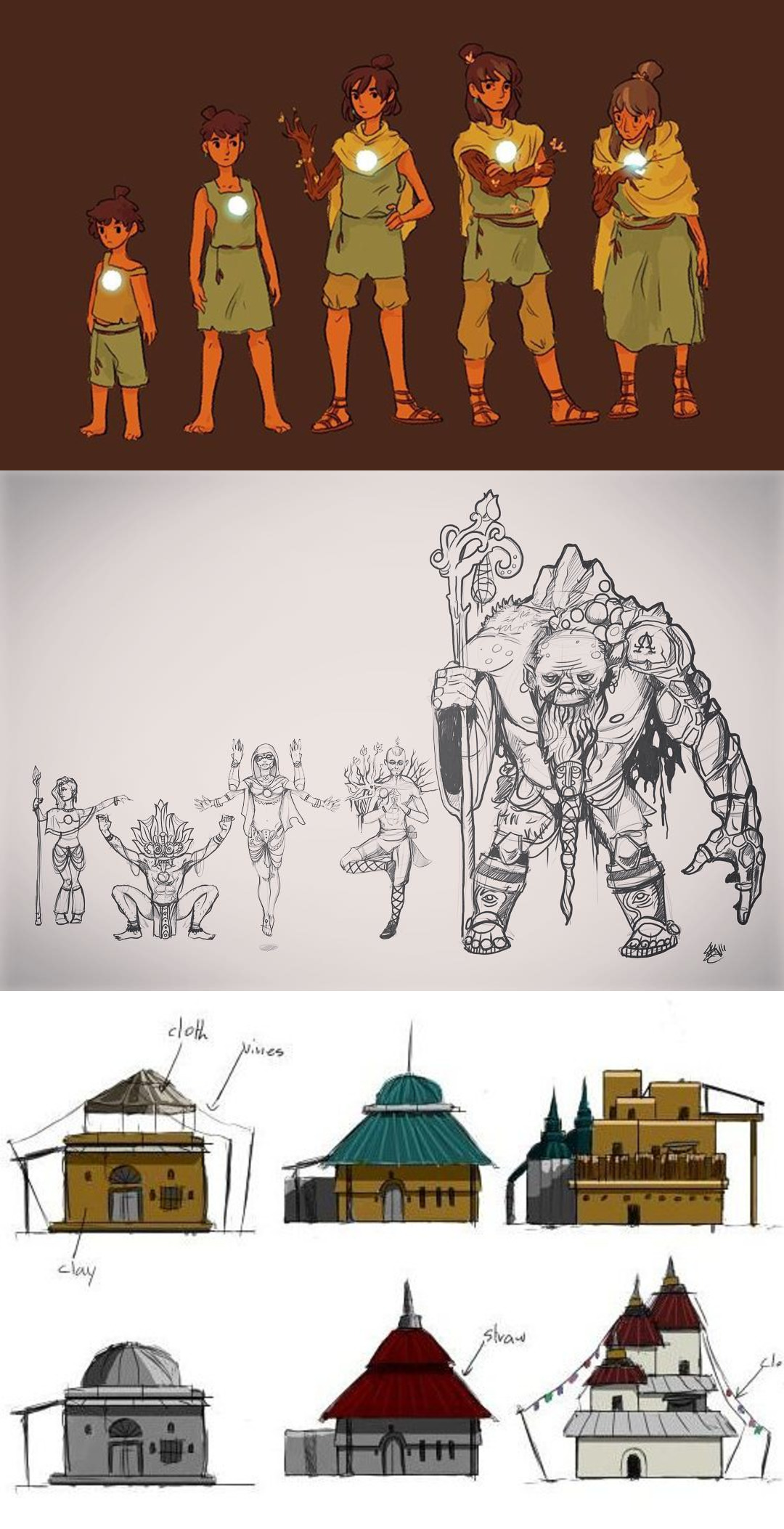

.jpg?w=600)




